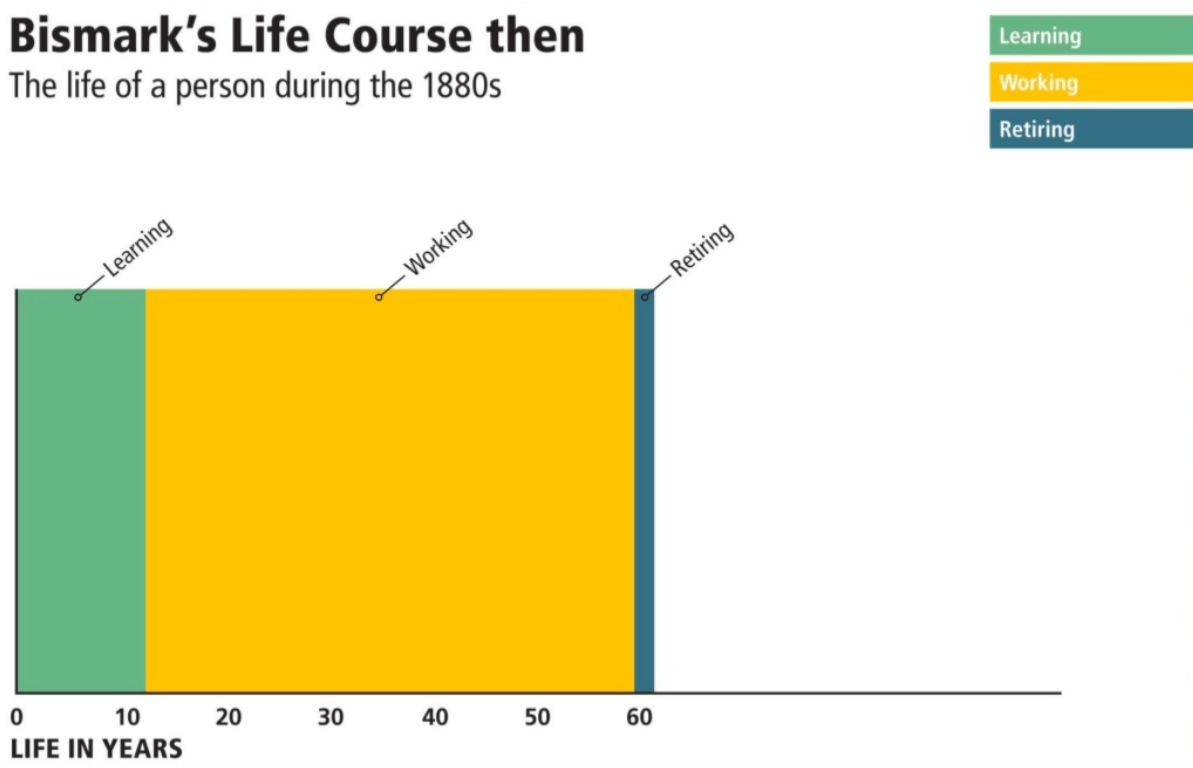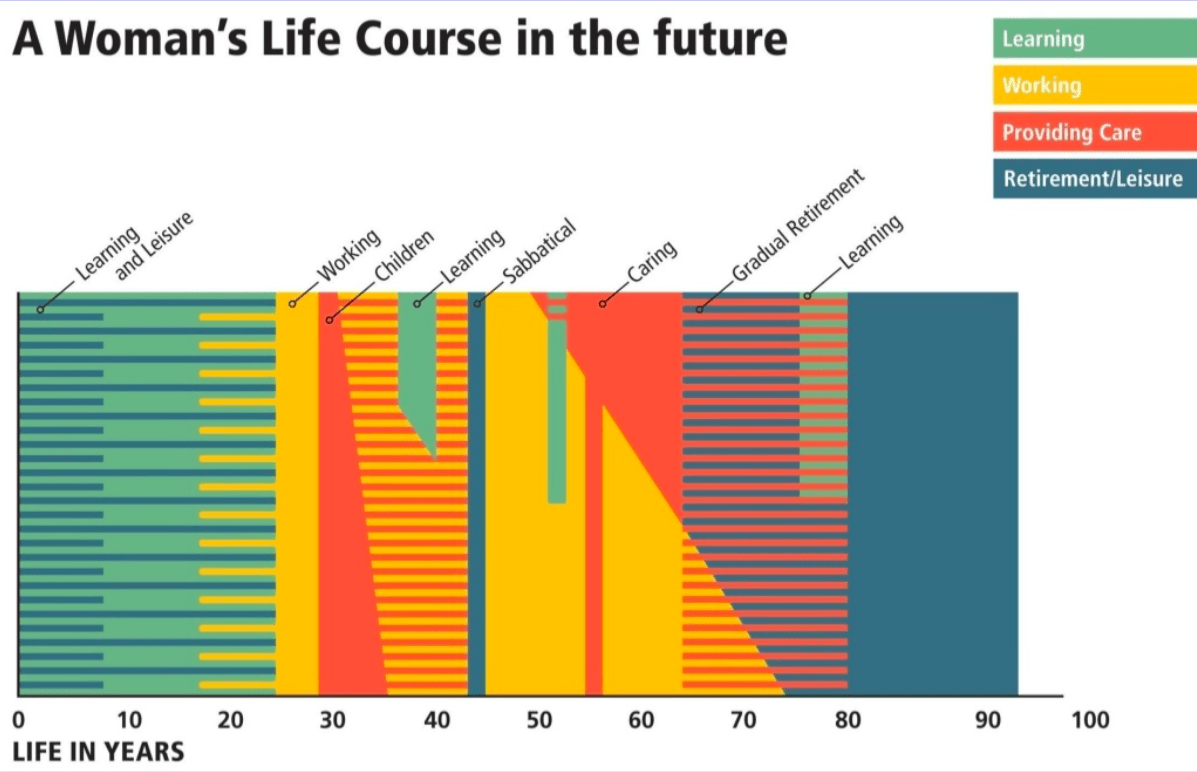
How might we plan for a future that allows people to age safely at home and incorporate home medical care when needed?
Thank you to Brandeis University for giving me a chance to ask questions like this one and to retell the following story about my grandmother on Saturday:
My mother’s mother loved technology. In the 1970s, she had a CB radio. In the 1980s, she had one of the first Apple computers. The first time I showed her the Web, in 1995, she leaned forward to peer at the screen, but then slumped back in her chair, deflated. I worried that I hadn’t shown her what was possible. On the contrary.
“I was born too soon,” she said. My grandmother – information maven, social connector, wicked wit – was a natural for the internet but, at age 85, already nearing the end of her life.
Happily, she lived to age 96 and a half, a daily internet user. She taught me that you can never judge what someone’s going to do with a tool until you give it to them, no matter their age.
Ruth Finkelstein, another speaker at the event, shared two slides from a deck developed by Alexandre Kalache, a medical epidemiologist specializing in the study of aging. First, a representation of Otto von Bismarck‘s conception of a person’s lifespan:

Second, Dr. Kalache’s own representation of a woman’s lifespan in the future:

Dr. Finkelstein pointed out that most women will continue to learn and care for others, even after their 80th birthday, but it is otherwise an aspirational image. How might we design our communities to integrate people of all ages and stages, because we value everyone’s contributions? How might we design a health system that honors people’s natural life rhythms and needs, such as the overlap of working and caregiving?
From my perspective, scanning the health and technology horizon, I believe we need to improve people’s access to the data, information, and tools they need to solve problems. Improve their access, in other words, to power.
Some of the resources I recommended include:
- Atlas of Caregiving
- Instructables, particularly their assistive tech section
- From Bathroom to Healthroom
Thanks to Pippa Shulman, Danny Sands, Pam Ressler, and Michal Rugenberg for capturing other quotes and insights from Saturday’s symposium:
Wakelet: Aging, Housing, Health
If you want to keep learning about the particular opportunities and challenges surrounding older adults, I recommend:
- Muriel Gillick’s Life in the End Zone blog
- Leslie Kernisan’s Better Health While Aging podcast
Please add your own insights and resources in the comments!
Featured image: Typewriter, by Sue Kellerman on Flickr.
Susannah, love this that you said: “we need to improve people’s access to the data, information, and tools they need to solve problems.”
Thanks for recommending the Better Health While Aging podcast.
Since many people still seem to prefer reading online to listening to podcasts: we have lots of written articles as well, on a variety of aging health and caregiving topics.
One of my favorite topics to address — and something that is popular with older adults and families — is medications and deprescribing.
In Canada, geriatrician Cara Tannenbaum completed a randomized study, the “EMPOWER” trial, a few years ago, in which she found that giving older adults an informative handout about the risks of benzodiazepines led to a five-fold increase in stopping these risky medications. (Benzos increase fall risk and impair cognitive function. Most users have not been properly informed of these effects.) The handout encouraged readers to bring up deprescribing with their health providers and provided a sample tapering schedule.
https://www.ncbi.nlm.nih.gov/pubmed/24733354
The study’s conclusion is “Direct-to-consumer education effectively elicits shared decision making around the overuse of medications that increase the risk of harm in older adults.”
Which is exactly what you have been telling us: when people access enough of the right information and data, they are able to take action to improve their health and their lives, and potentially age in place for longer!
Dr. Tannenbaum has since launched a “Deprescribing Network” and they have posted more of these EMPOWER brochures here:
https://www.deprescribingnetwork.ca/useful-resources
Ok, onwards with more practical problem-solving info to the people 🙂
Thank you for sharing these resources. atlasofcaring.com really meets an important need. The significance of caregiving is near and dear to me. I was thrust into the role of a caregiver for my mother-in-law a few months ago….by surprise and so was completely unprepared to be an adequate care giver to someone in the early stages of Alzheimer’s Disease. I find it interesting how I had tried to navigate her care by creating make-shift diagrams and lists of shared responsibilities. There reached a point where the caregivers needed care themselves. As the elder population grows, it seems the proper investments need to be made into caregiving as truly it is the first line of preventive care and management of illnesses that would otherwise be disproportionately expensive and treated in hospitals. This should be a crucial aspect of health care delivery transformation and I will look for this next time I read about delivery of care proposals for the elderly.